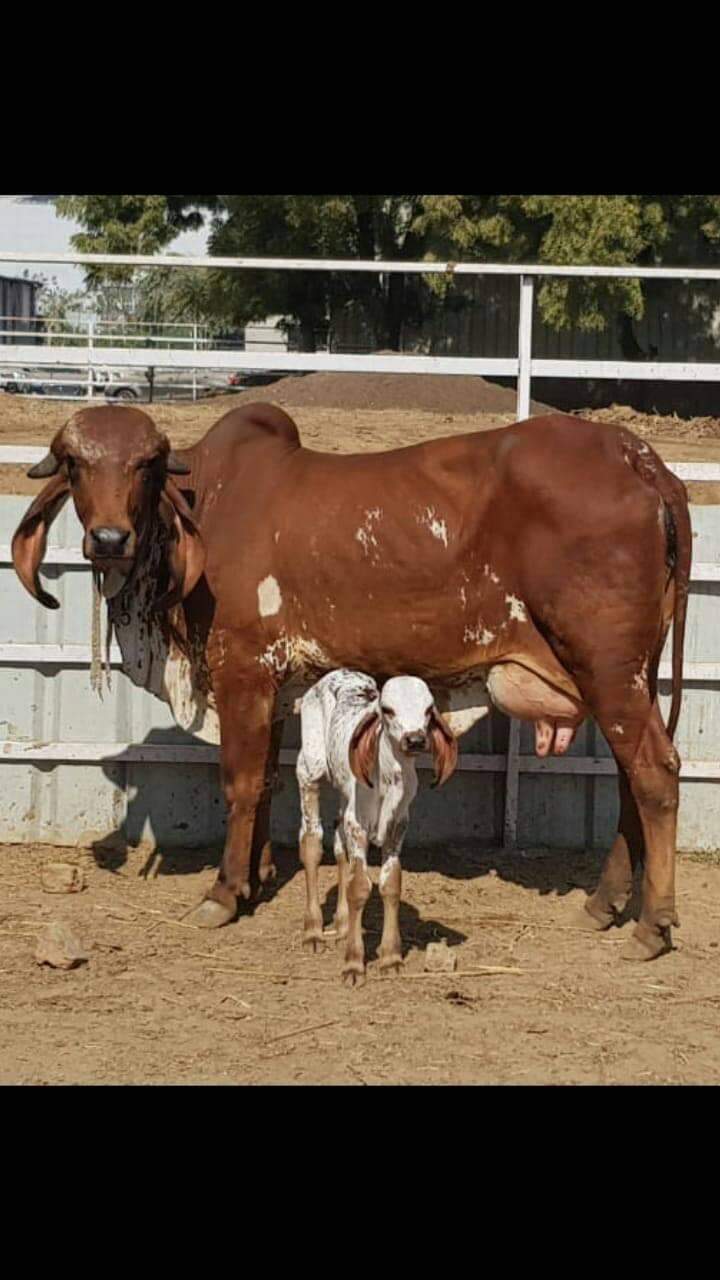Feeding Vegetable Waste as Cattle Feed
One of the ways to reduce cost of feeding cows without compromising their health is to consider innovative ways of feeding vegetable waste as cattle feed, which of course will depend on availability of local feed resources. In the last how failed crops (due to water stress or excess or some disease) could be salvaged as cattle feed series we have published on this portal articles on It may be pointed out salvaging failed crops as cattle feed in collaboration with crop insurance companies has assumed business proportion and there is potential in India too.
India is the second largest producer of vegetables in the world, but, around 40 to 50 per cent of the total output valued at $ 440 billion is reported to go waste. As per ASSOCHAM published report India has around 6,300 cold storage facilities with total capacity of 30.11 million tons which is barely enough for 11 per cent of the country’s total perishable produce. Non-availability of alternate uses to such crops also cause distress and losses to farmers. Within India the situation is quite severe in Southern states which are also major vegetable cultivating areas. Creating storage facilities will need huge investment and recurrent expenses on electricity hence may be feasible solution for high value crops. Fortunately, vegetables can be used as livestock feed, especially the leafy vegetables waste as cattle feed these are rich in fibre. In many countries it is common to use agricultural wastes or excess produce as livestock feed if it satisfies sanitary and safety requirements.
In India too, small farmers do use vegetables for feeding small or big ruminants but this is at individual level and restricts to either areas around vegetable markets or periods when there is glut in availability of vegetables and prices have crashed. Preservation of vegetables as silage for cattle would be an energy-sparing proposition as this can be done following anaerobic fermentation technique using plastic bags of varying sizes. Vegetable crops can be divided in two major groups, leafy which will be rich in fibre and starchy which are rich in starch, such as, potato, sweet potato, carrots, turnip, etc. Such starchy vegetables can be used as substitute for commercial concentrate feed. Rearing calf is expensive because being monogastric these need starch as major source of energy.
Collection and processing of excess vegetables may not be a feasible proposal for individual farmers, but this can be taken up as a business venture by educated youth who are looking for venturing in rural business.
An excellent monograph has been published on the topic by FAO written by Indian researchers. This topic is very much relevant to India. We are posting this article, with due acknowledgement to FAO and the researchers, with a hope that this will stimulate a new wave in waste utilization of vegetable waste / vegetable waste as cattle feed.
Please do send your comments and would be delighted here from farmers and entrepreneurs any success story related to this topic.
Dr. Abdul Samad
Ex-Dean and Director, MAFSU, Nagpur


